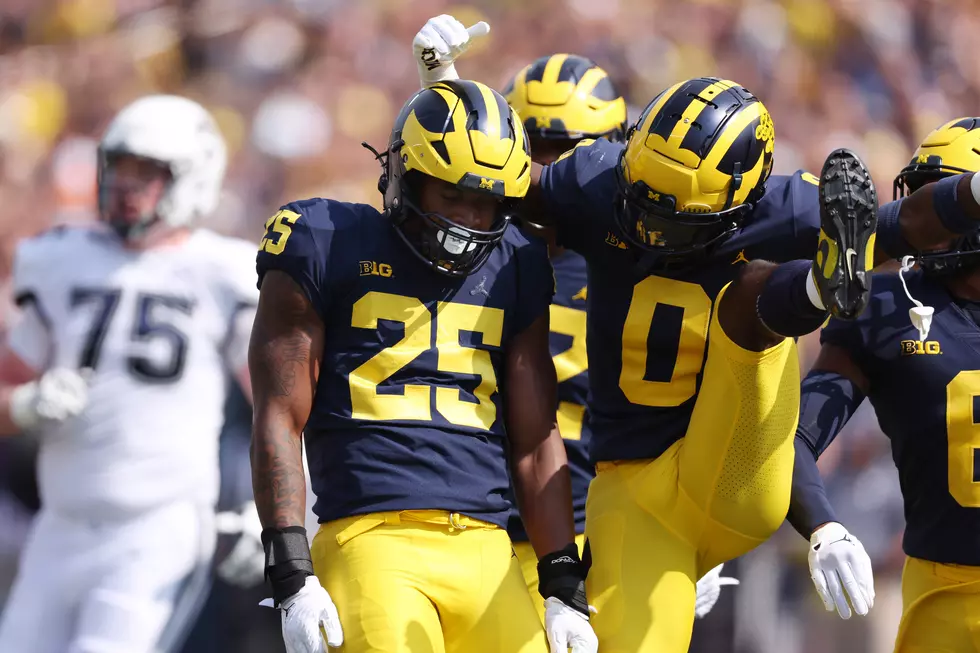
Concussion Study Done on Michigan High School Athletes
The Michigan High School Athletic Association says its unique sideline concussion testing program for athletes in football and other sports is having a positive impact but long-term funding is an issue as it heads into its second and final year. Executive Director Jack Roberts says member schools in its pilot program removed players for possible concussions at a higher rate than schools that were not. His group on Monday released results of its first head-injury survey of more than 750 high schools from 2015-2016 sports.
The MHSAA received data from more than 99 percent of its member high schools after the end of the fall, winter and spring seasons, and continued to track each injury report through its conclusion this summer. They’re hoping that Universities will give their date further study.
Student-athletes at MHSAA member high schools encountered during 2015-16 a total of 4,452 head injuries – or 5.9 per member school. Total participation in MHSAA sports for 2015-16 was 284,227 – with students counted once for each sport he or she played – and only 1.6 percent of participants experienced a head injury. Boys experienced 3,003 – or 67 percent – of those injuries, although boys participation in sports, especially contact sports, also was higher than girls.
More than half of head injuries – 54 percent – were experienced by varsity athletes. A total of 2,973 – or 67 percent – came in competition as opposed to practice. More than half took place during either the middle of practice or middle of competition as opposed to the start or end, and nearly 56 percent of injuries were a result of person-to-person contact. The largest percentage of athletes – 28 percent – returned to activity after 6 to 10 days, while 20 percent of those who suffered head injuries returned after 11-15 days of rest.
Not surprisingly, contact sports revealed the most head injuries. Ranking first was 11-player football with 49 head injuries per 1,000 participants, followed by ice hockey with 38 and 8-player football with 34. However, girls soccer was just behind with 30 injuries per 1,000 participants, and girls basketball ranked fifth with 29 injuries per 1,000.
A startling disparity in the number of reported head injuries suffered by girls and boys playing the same sports was the most significant finding revealed by the concussion reporting. Soccer, basketball and baseball/softball are played under identical or nearly identical rules, and in those sports females reported significantly more concussions than males playing the same or similar sport.
Female soccer players reported 30 concussions per 1,000 participants. Male soccer players, meanwhile, reported only 18 concussions per 1,000 participants. Female basketball players reported 29 concussions per 1,000 participants; male players reported 11. Softball players reported 11 concussions per 1,000 participants, and baseball players reported four per 1,000.
“Experts tell us that it’s not surprising that girls report more head injuries than boys. But we found it stunning how many more head injuries were reported for girls than boys,” Roberts said. “As we delve deeper into the data, we hope to identify what physiological, social and psychological factors may contribute to this disparity – and how we can better prepare school personnel and especially coaches to watch for over- or under-reporting.”
The full report of all head injuries experienced during 2015-16 by student-athletes at MHSAA member high schools – including percentages by sport (per 1,000 participants), gender and team level, as well as data tracking when athletes returned to play – is available on the Health & Safety page of the MHSAA Website.
.
More From WBCKFM









